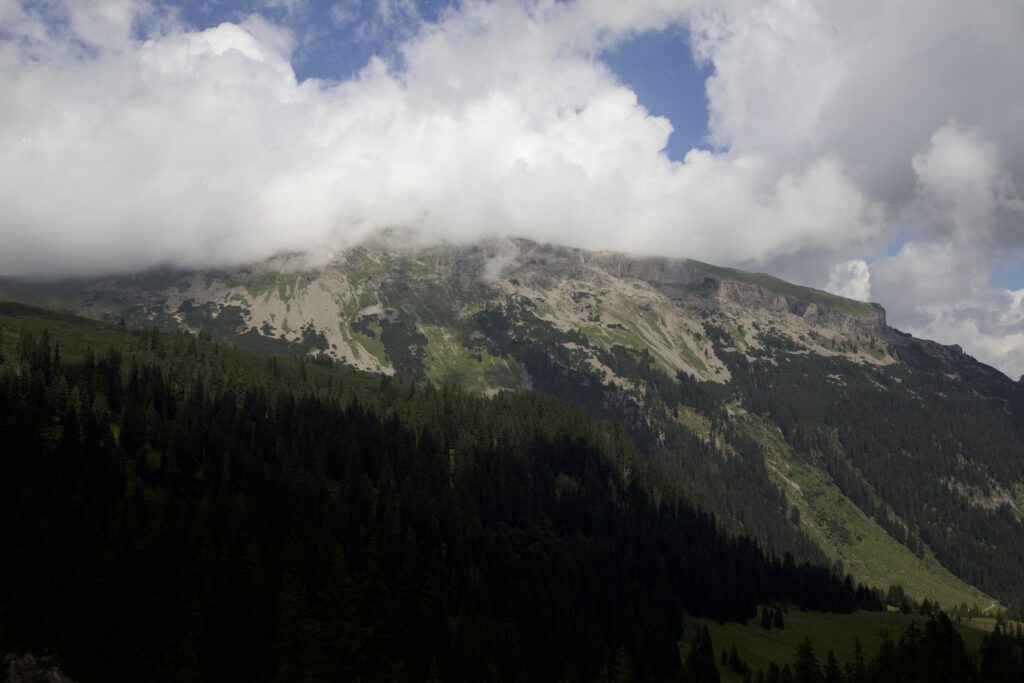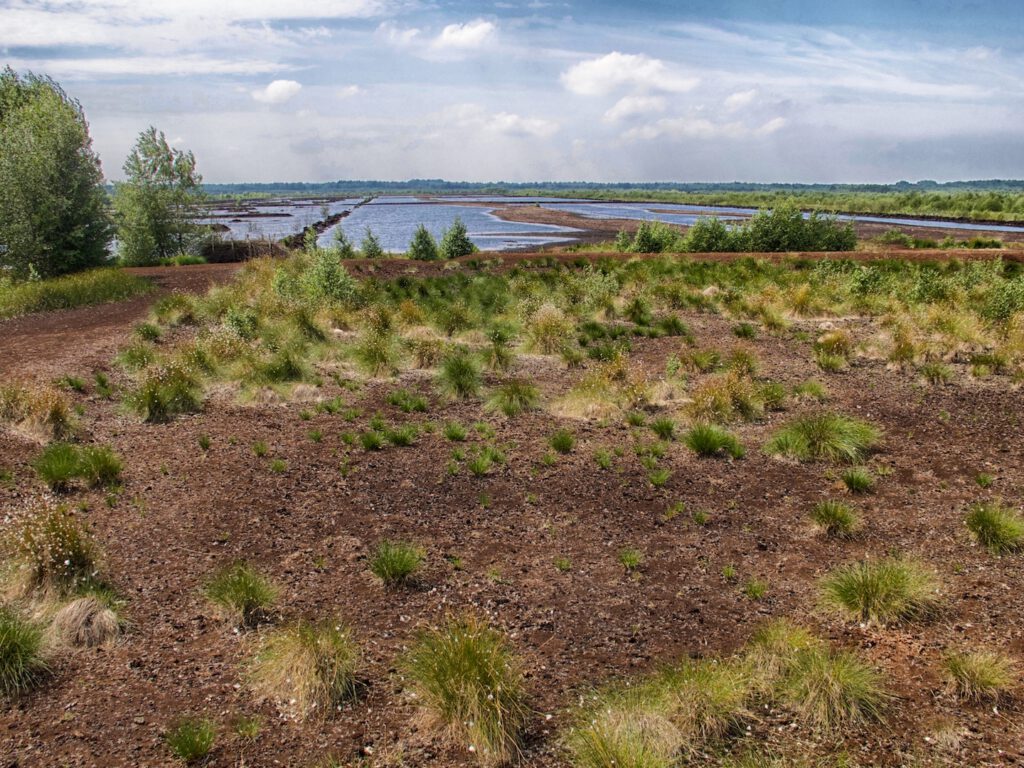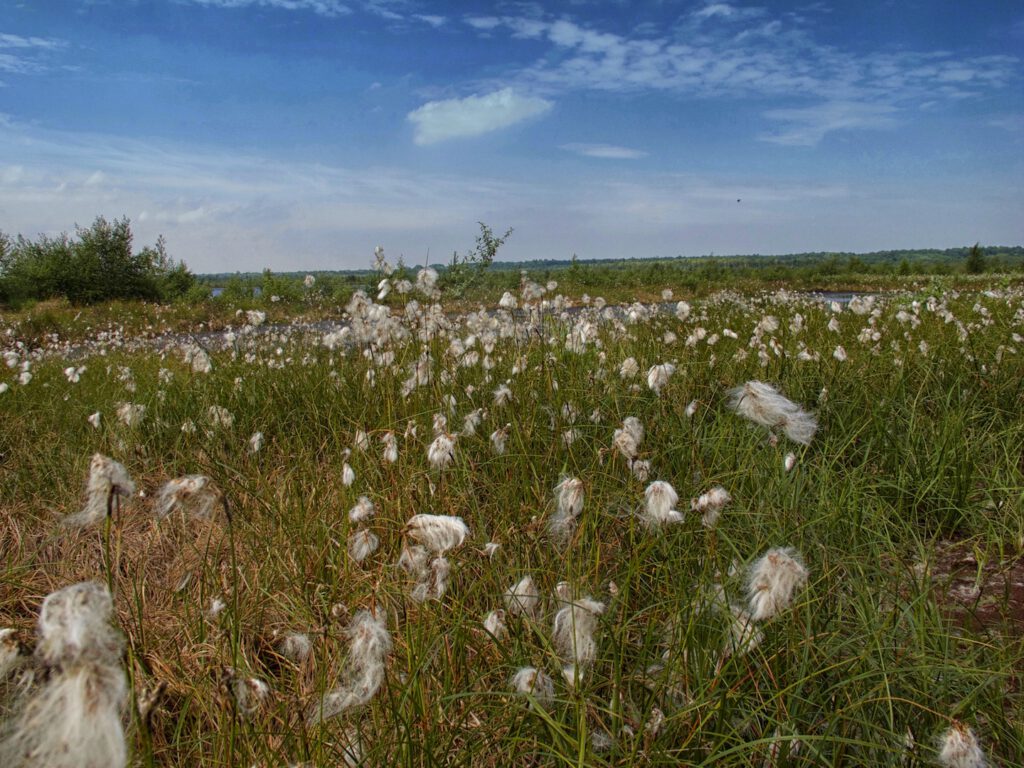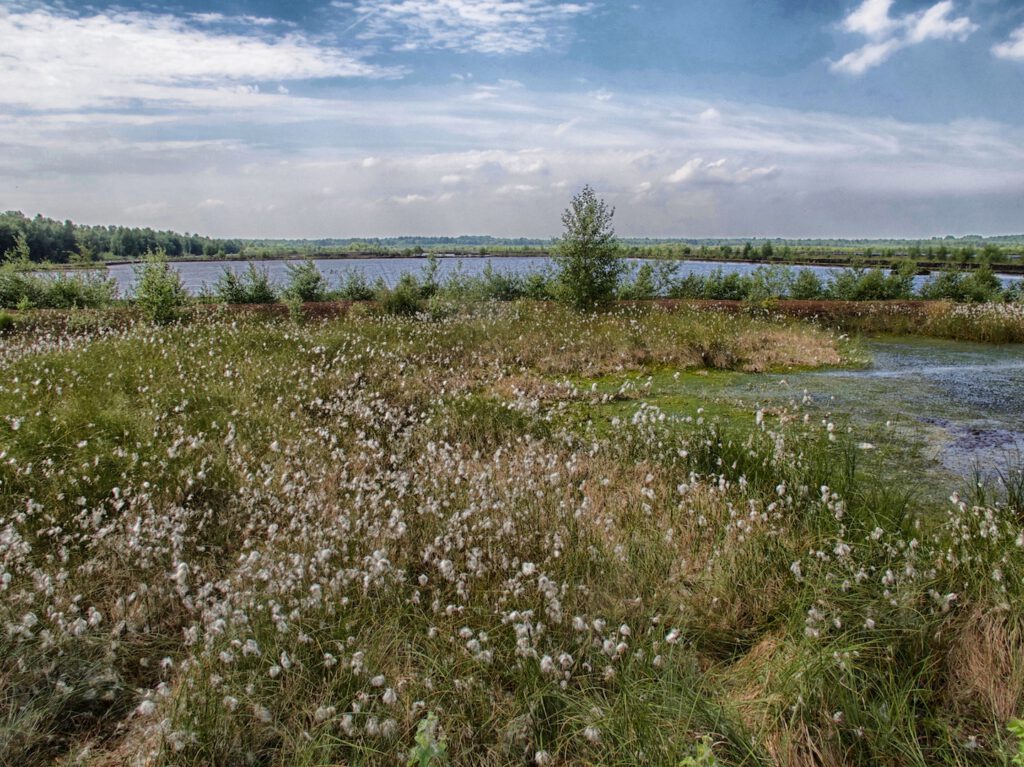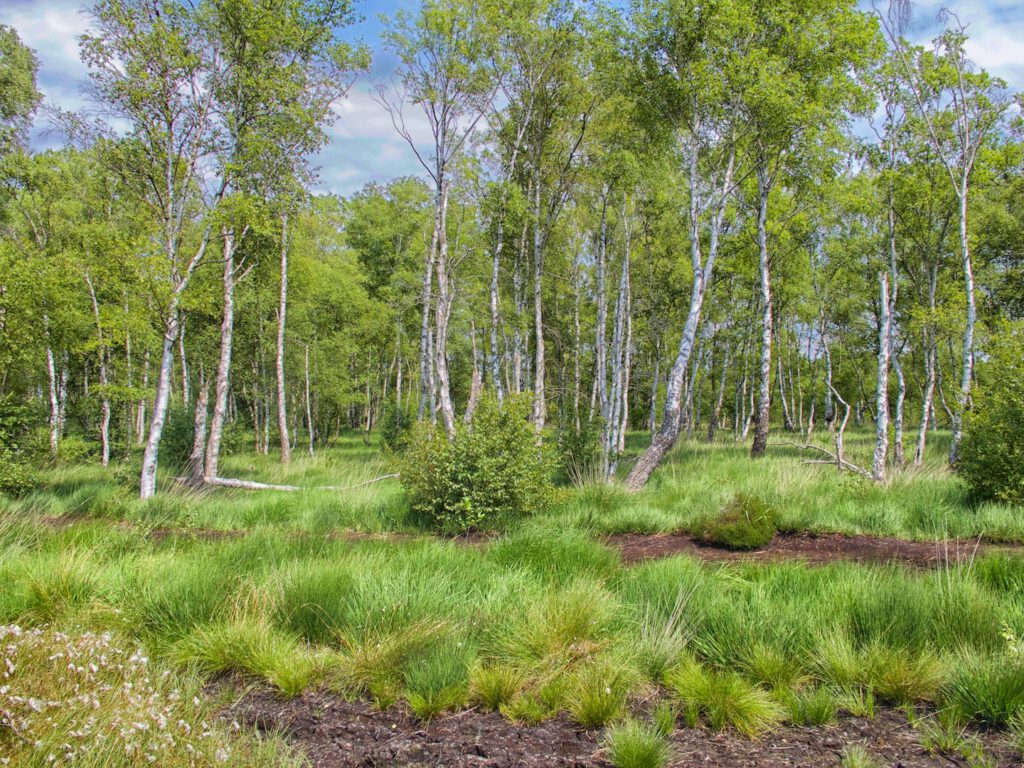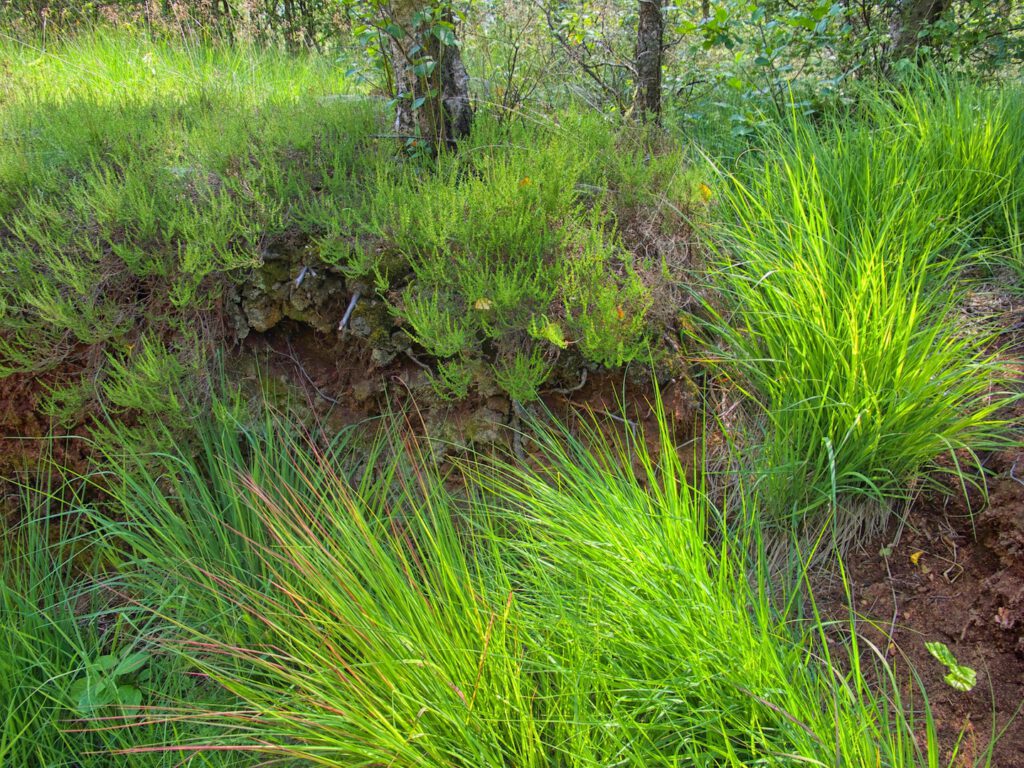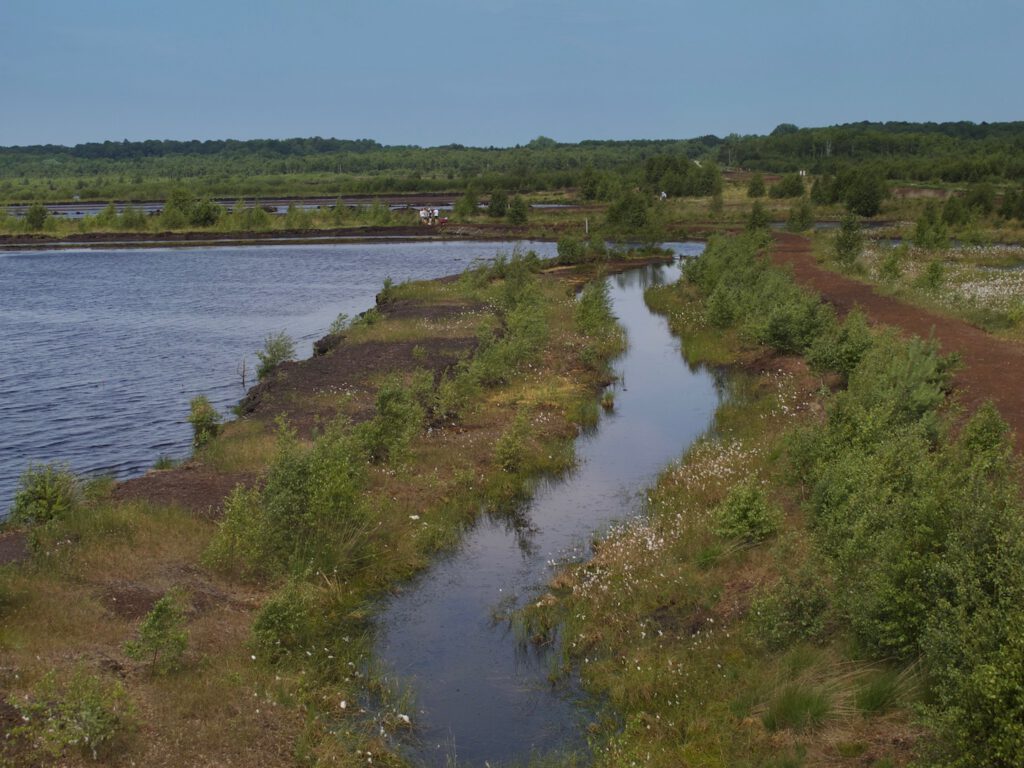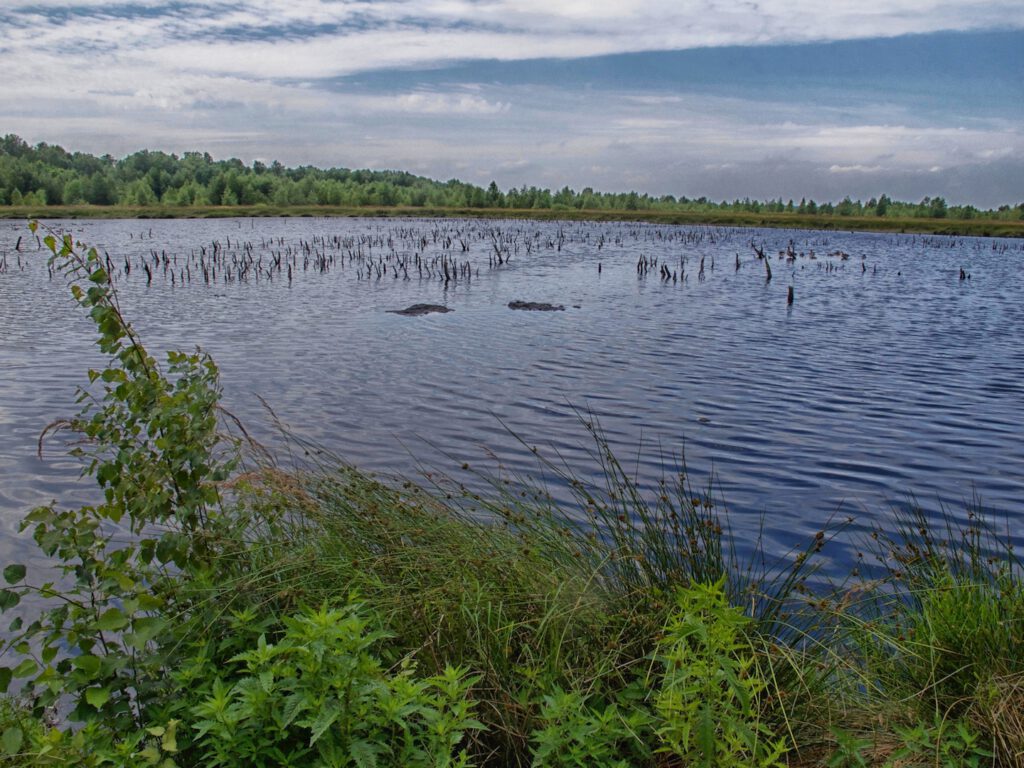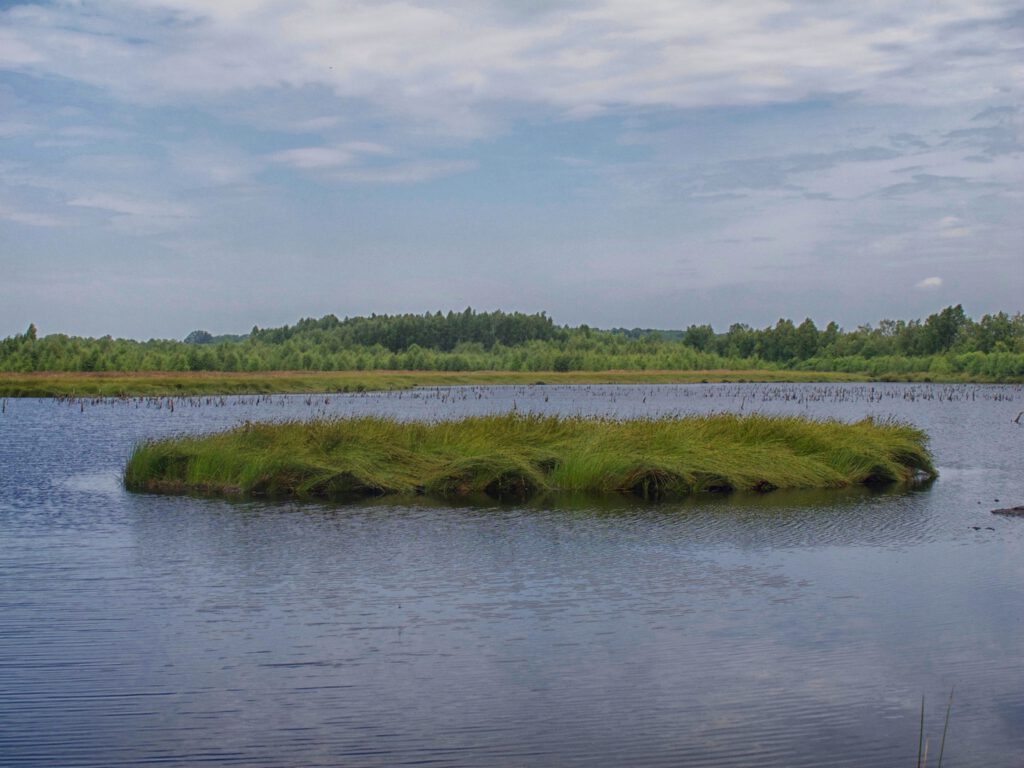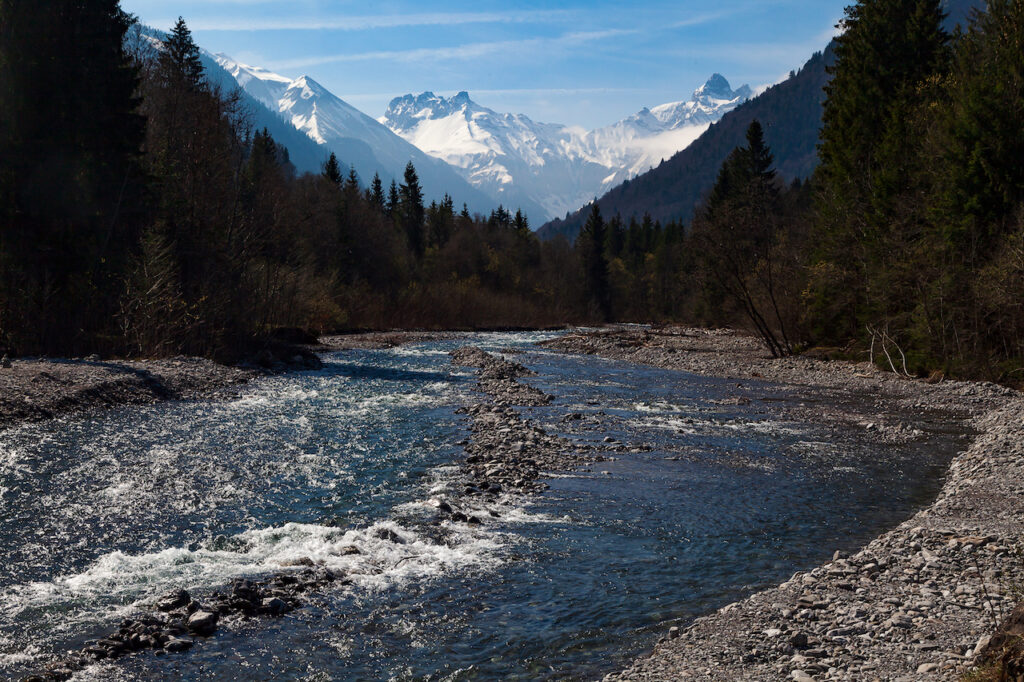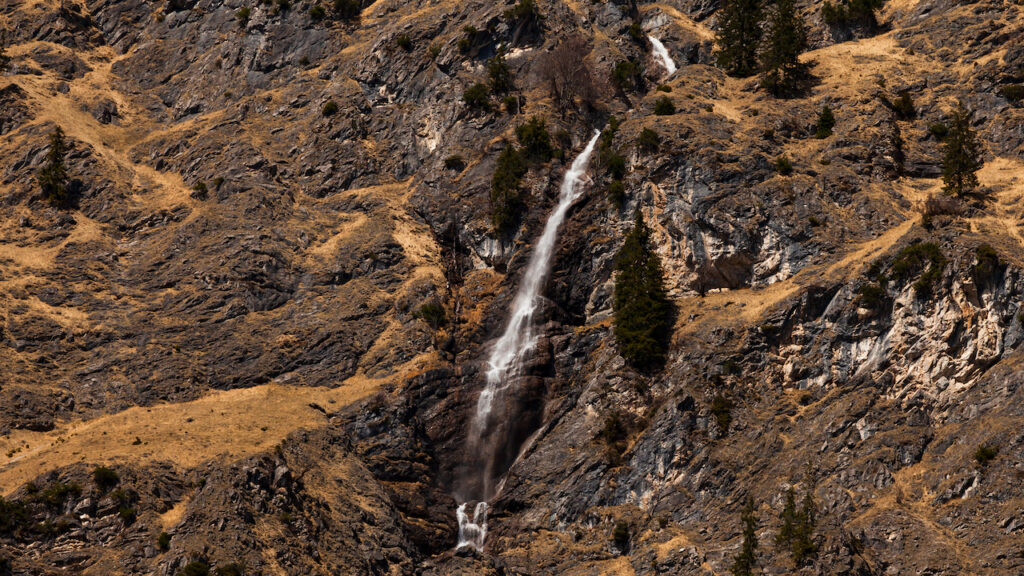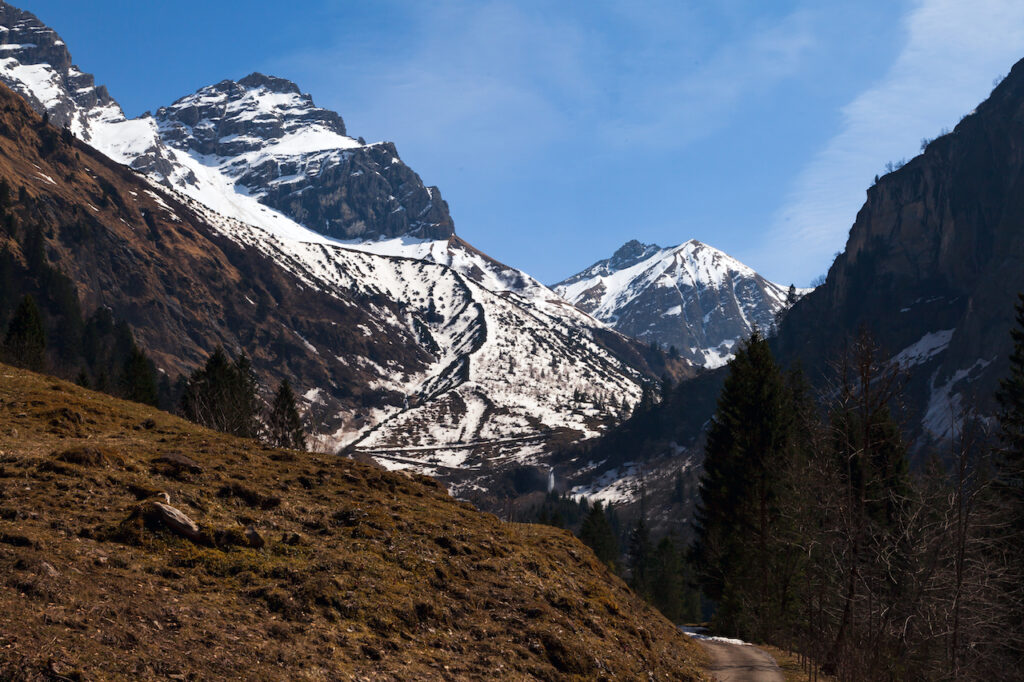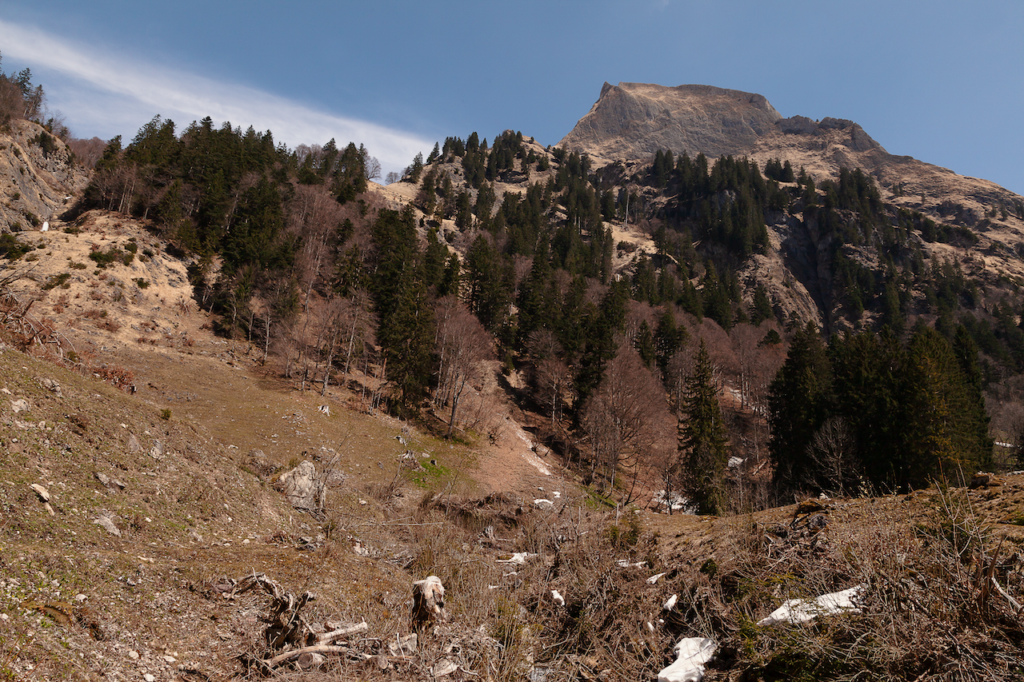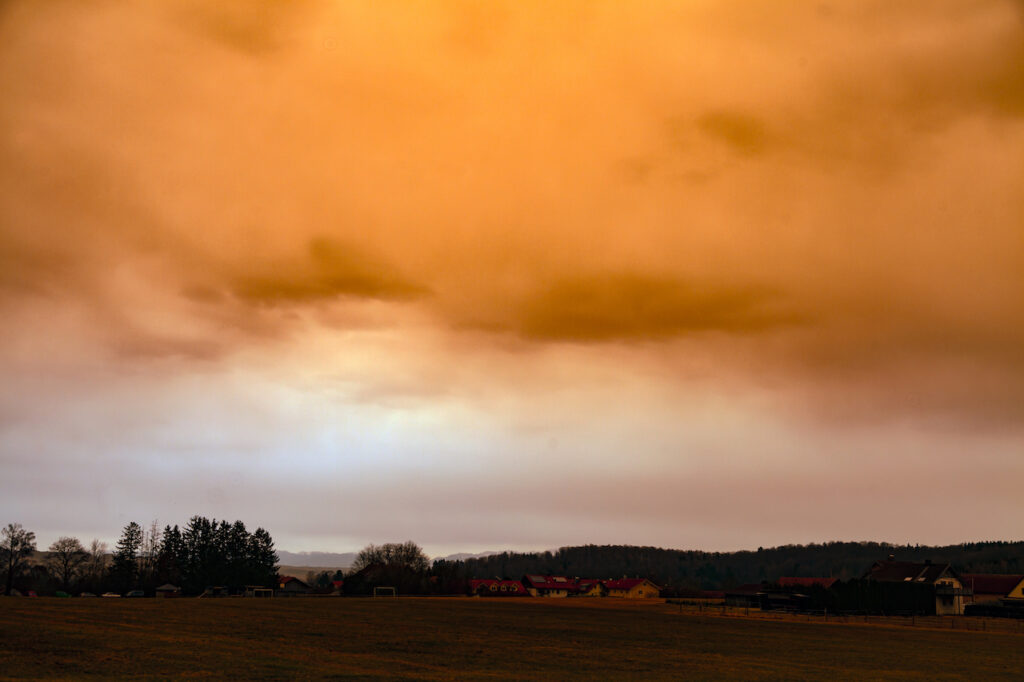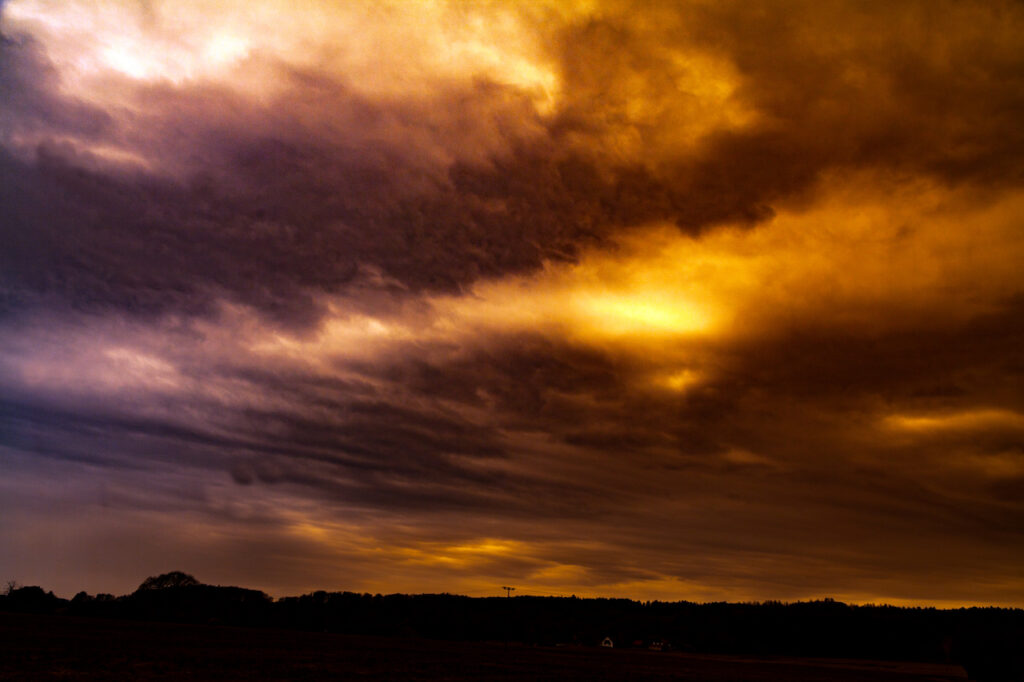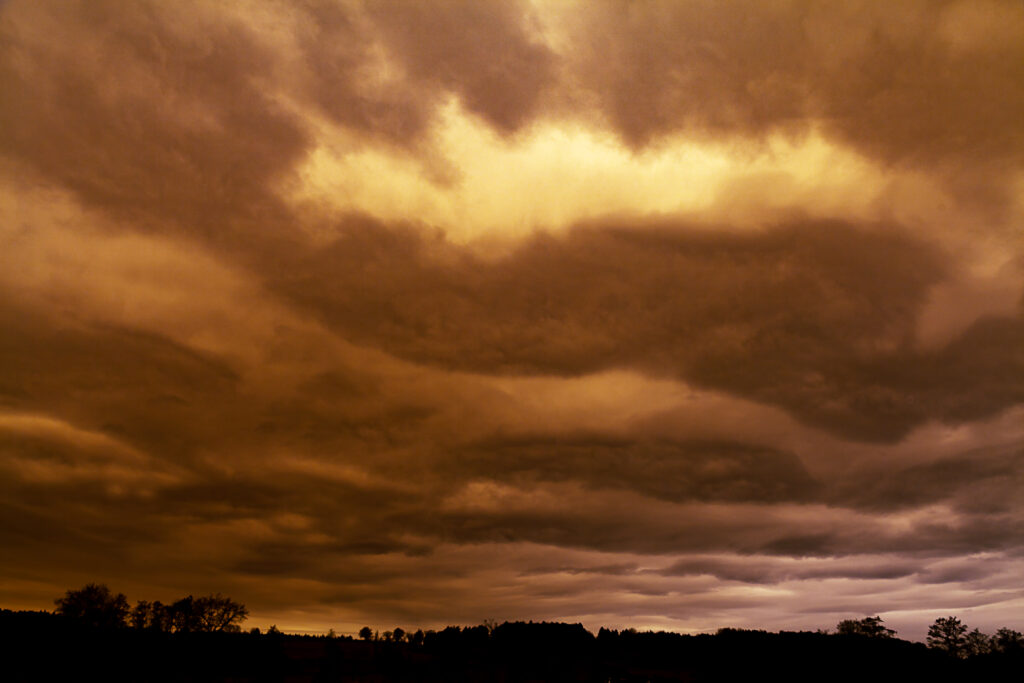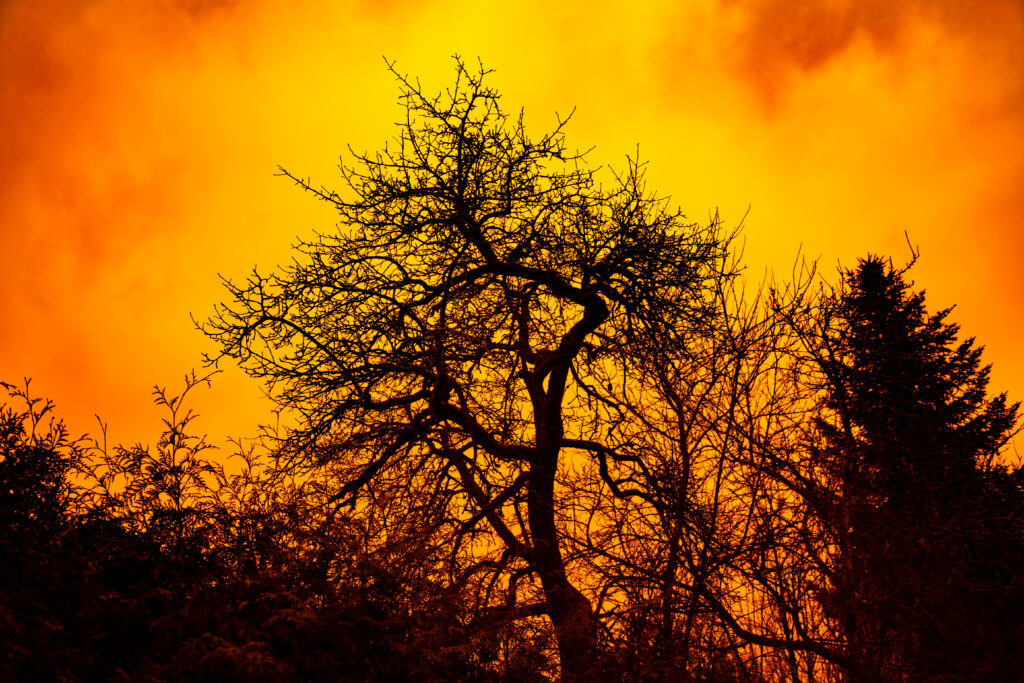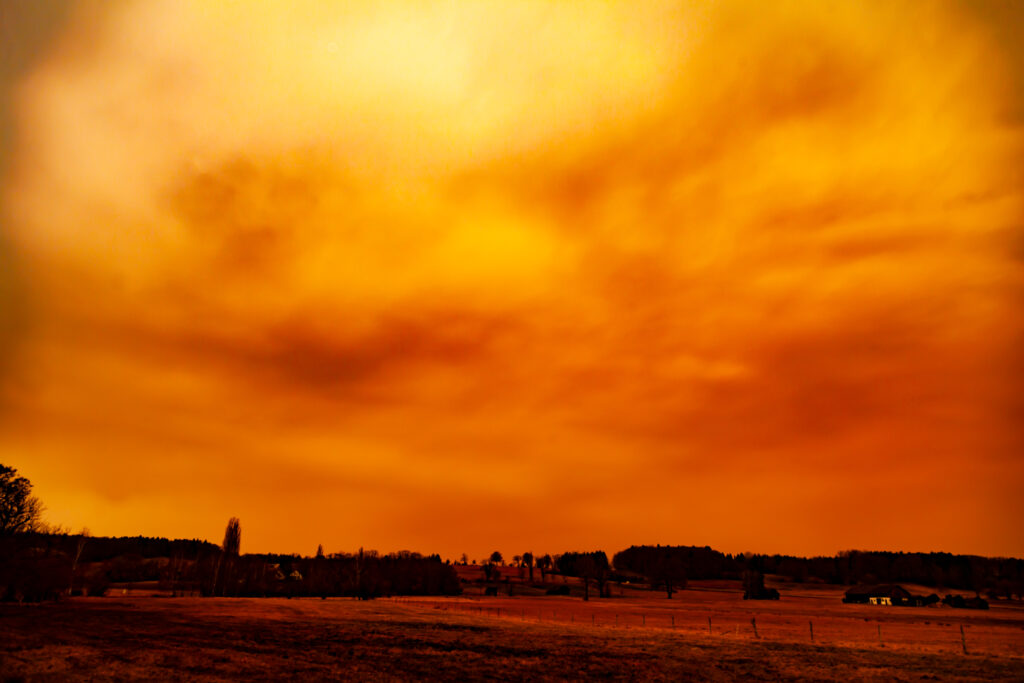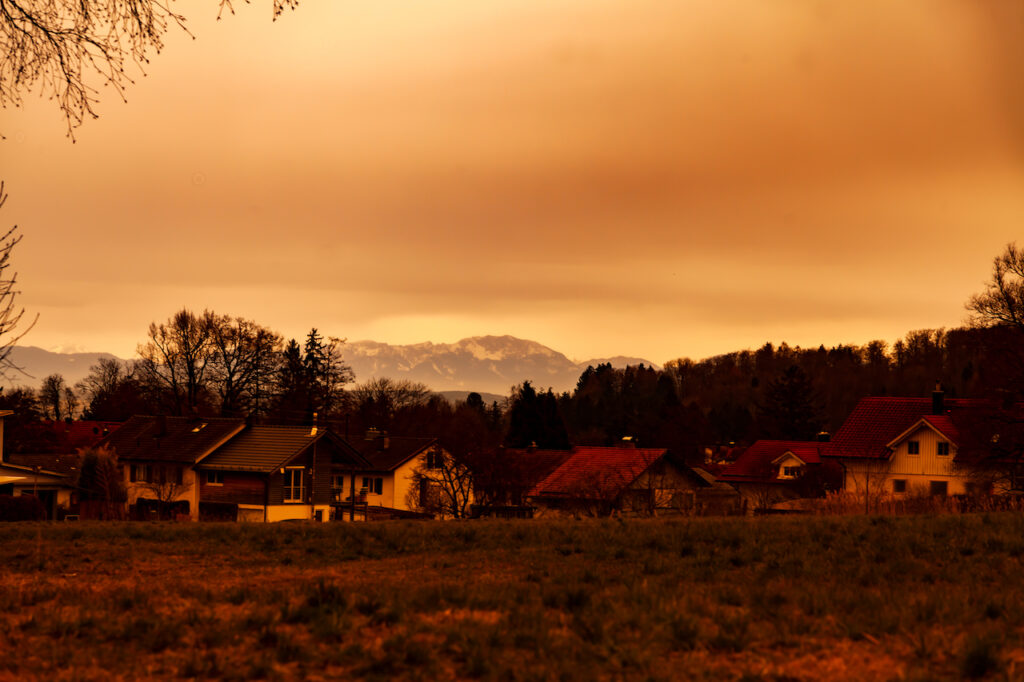Majestic Mountains And An Enchanted Forest – The Schwarzwasser Valley, Austria
by Peter Engelmann, July 28. 2022
The famous Kleinwalsertal is a popular tourist destination in winter and summer. It belongs to the province of Vorarlberg. The Kleinwalsertal belongs to Austria, but you get only there from Germany. It is an Austrian enclave. The name Walser refers to history: First Settlement came from the South, from Switzerland. The valley with many scenic places begins near Oberstdorf. The main villages in the high mountain area are Mittelberg, Hirscheeg and Riezlern. At the end of the head of the valley is Baad. From the Kleinwalsertal, many trails lead into beautiful and spectacular high valleys with mountain pastures. One of them is the Schwarzwasser Valley. This fantastic valley offers many excellent motives for photographers and videographers. It’s a must-see for anybody interested in nature due to its outstanding geological formations and rich flora. There is a peat bog on the way to the Melköde Alm.
Wilderness Around The Ifen
A good starting point for a trip into the Scharzwasser Valley is the parking spot near the Ifen ropeway and the Auenhütte. A mountain road connects the bottom station of the Ifenbahn, Hirschegg and Riezlern. There is an excellent public transportation system in Kleinwalsertal. Buses come often, and there is a bus connection to Oberstdorf in Germany. A good alternative if you don’t want to use the car. The trail starts at the end of the parking space on the left side of the station. It leads to a lake. That lake is a reservoir for the snow-making facilities in winter. This lake shimmers in magical green and blue colours.
Near the trail between the lake and the mountain pasture Melköde (where you can eat and drink during the summer) lies a mountain forest. It’s an impressive pristine mountain forest on the left side of the trail. In some places, massive rocks look like ancient relics. Even though it is very comfortable to walk there – and of course, there are often many hikers here – it is a feeling of entering the wilderness.
The intimidating Hoher Ifen is towering above the valley. This mountain is another great sight and a very interesting geological phenomenon. The mountain is more than 2200 metres high. The rough table-mountain form is quite unusual for the alps. It is a spectacular sight with its wild and unruly rock face. It is easy to imagine that our ancestors might have seen it as a holy mountain or a ritual place. It is an option to go there, when there is not a blue sky but some clouds and mist. When shrouds of mist climb up the mountains or clouds play around, the wild nature of the Ifen region comes even more to light.
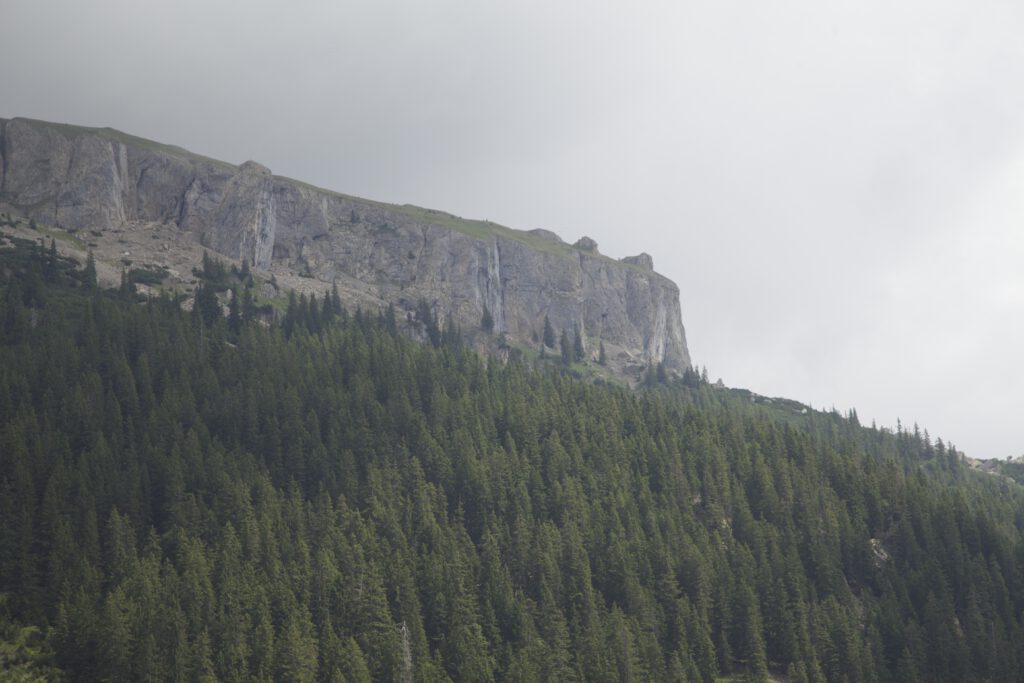
The Pastures
The trail slowly ascends. If you are interested in taking pictures of the mountain-forest, there are many motives along the trail. At one point, a small path to the left leads to a sort of column with an icon. It’s worth taking a minute and getting there. The column is on a little hill in the mountain overlooking a wild area with some further great sighs.
Some minutes later, back on the main hike the landscape opens up. If you come here on a day when the last rain clouds disappear and there is an interplay of sunlight and clouds this is like a scene from “The Lord Of The Rings”. The waterfall behind the pasture adds to the impression. These mountain pastures are unique since they belong partly to the peat bog. Cultivation and farming goes on on here for a very long time. The Melköde mountain farm goes back to 1566. It has a long history, and there were also catastrophic events. Avalanches destroyed buildings a couple of times. On one occasion, 20 people died. The wilderness is always close, and one must respect nature all the time.
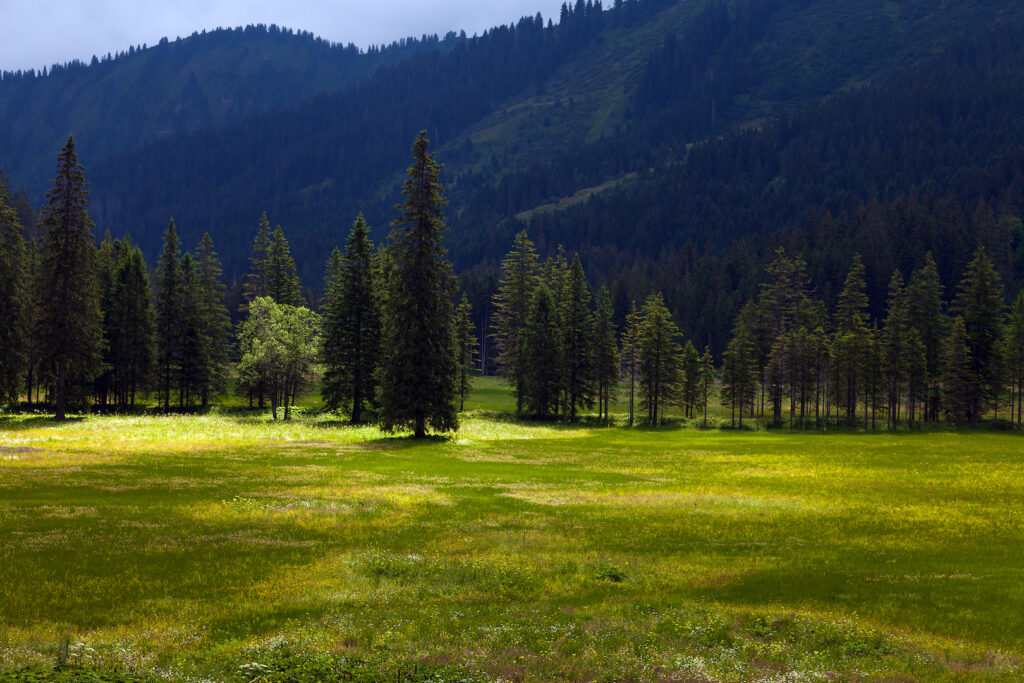
The pastures are on a plateau within the Schwarzwasser Valley at an altitude of 1350 metres above sea level. That allows special light conditions and intense colours. The meadows are great motives.
Hiking towards the Schwarzwasserhütte
After a stop at the Melköde farming house and inn, the trail enters a more steep terrain. It’s not difficult to go further, but it is now a different type of trail and demands some endurance. The trail is in excellent shape, and one can only praise the fantastic work of the people caring for this great path into the mountains. But keep in mind it’s alpine terrain and not any longer a driveway. There are some sections where attention is necessary. When it is raining, this trail is slippery.
The quality of this valley is also because of the climate and weather conditions. The temperature is moderate in summer. There is a lot of rain in the summer and snow in the winter. These are good conditions for unique vegetation with a variety of plants. It’s still a reservoir of many protected plants.
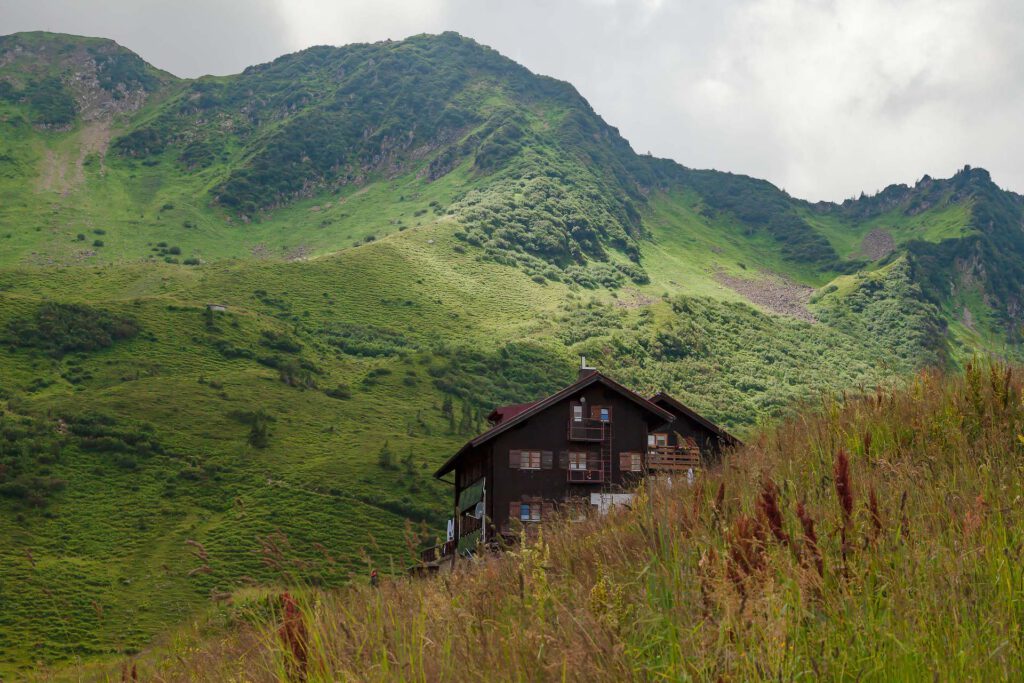
The trail opens up again, and the rustically Schwarzwasserhütte comes into sight. That is a great place to take more pictures with fantastic views. On the left side, there are impressive grass mountains and on the other side, there is again the Ifen plateau. The Schwarzwasserhütte goes back to 1914. The German Alpenverein Sektion Schwaben runs this cosy alpine lodge. The Schwarzwasserhütte is a starting point for hikes toward the mountain peaks. Bear in mind that this is high alpine terrain and for trips to the Hoher Ifen sure-footedness is a must. But even a few metres from the alpine lodge, there are great opportunities to take pictures or videos. The alpine lodge is open in winter, too. There is accommodation too and a nice and competent team. Reservations are necessary.
But even if it is only a short stay there is enough time to take in that heavenly scenery. This is both a landscape of eternal beauty and the roughness of the wilderness.

The Kleinwalsertal has a lot to offer. More spectacular destinations are the Breitenbachklamm on the German side and the Gottesackerplateau. This plateau, a geological formation is on the other side of the Hoher Ifen. Note: There is also a hike called “Schwarzwassertal” which leads down from the Auenhütte to Mittelberg in some guides. This is interesting too and is another gorge.
